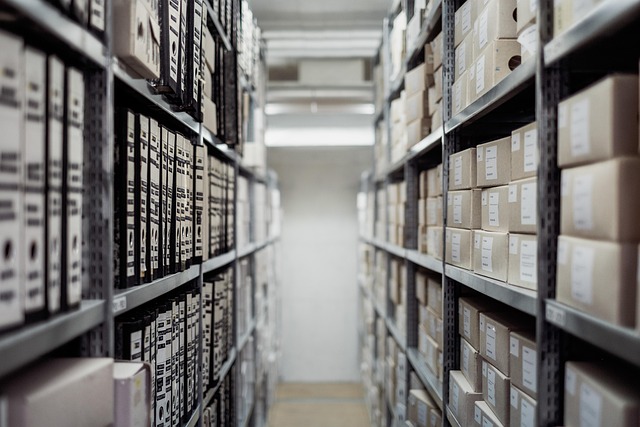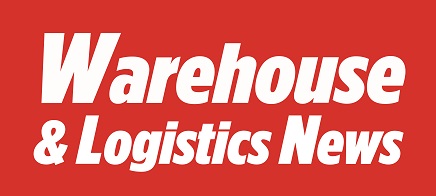Warehouses are changing. What used to be focused on space and storage has grown into something far more dynamic. Operations now rely heavily on technology to keep goods moving, staff safe and systems efficient.

It’s no longer just about having forklifts and shelves. The real difference comes from how well different parts of a facility connect and respond. This includes everything from lighting and climate control to condition-based maintenance and real-time data feeds.
Safety and uptime are more connected to tech choices than ever before. Warehouses that take the lead here are already seeing faster turnarounds, fewer shutdowns and improved system reliability.
Warehouse Risk Has Shifted, So Has Safety Technology
Warehouse operators know that high volumes and fast-paced activity come with their share of challenges. While physical risks are often well managed through training and layout design, electrical system faults can go unnoticed until they cause real damage.
As automation and connected systems expand, more pressure is being placed on electrical infrastructure. Even with regular maintenance, older systems can miss faults developing quietly in the background. If these issues aren’t caught early, they often result in more serious failures.
New safety tools make it easier to detect warning signs before disruptions occur. These tools go beyond alarms or routine checks. They monitor live system conditions and trigger alerts or shutdowns based on actual performance data.
This approach moves facilities away from fixed inspection intervals and toward decisions driven by real-time insight. As a result, downtime becomes less common and overall system health improves.
Smarter Monitoring: Minimising Downtime Before It Starts
Downtime affects more than just output. It interrupts workflow, delays shipments and impacts staff productivity. That’s why monitoring is quickly becoming a must-have rather than a backup measure.
Electrical faults caused by insulation failure are a common cause of stoppages that could have been avoided. Standard monitoring setups may catch major faults, but more advanced systems provide deeper insights that help identify problems before they affect operations.
Using an insulation monitoring device offers that extra layer of control. Instead of waiting for signs of failure during planned checks, maintenance teams can act based on continuous data. Facilities that adopt this approach work with facts. This cuts down on emergency repairs, helps keep repair costs predictable and reduces strain on internal teams.
A Closer Look at Electrical Oversight Tools
Broad monitoring is helpful, but precision matters more when aiming for uninterrupted operations.
Some facilities start small with basic detection tools. Over time, many move toward detailed monitoring systems that measure resistance, leakage and insulation strength. These systems report around the clock and provide actionable insights instead of general alerts.
Facility managers who prioritise reliability are paying closer attention to what you should know about insulation monitoring devices, especially when safety and operational stability are top priorities. These devices offer clear feedback on insulation quality and allow faults to be found early through continuous tracking.
Many newer models now link directly with broader building management systems. This creates smoother workflows where alerts can trigger immediate responses. For example, if a reading crosses a threshold, machinery can be paused safely and maintenance teams can be notified instantly with full context.
When systems communicate this effectively, there’s less confusion and quicker recovery. Warehouses benefit through less disruption, faster maintenance and fewer delays across the board.
Smart Warehousing Needs Smart Power Systems
Technology inside warehouses is becoming more connected. From automated guided vehicles to conveyor systems, each piece of equipment relies on stable power. When electrical faults build slowly over time, detecting them early can make all the difference.
Adding advanced monitoring systems to existing infrastructure improves visibility. With the right tools, facility managers can track performance indicators and respond quickly to any irregularities. This approach protects essential equipment and reduces wear on high-demand systems.
An insulation monitoring device fits into this framework by delivering focused insight on insulation health. In many cases, these devices also help teams prioritise repairs based on accurate fault location and severity. That allows better use of maintenance resources and helps avoid unnecessary work.
Barriers to Adoption, and Why They’re Being Addressed
Even though benefits are clear, some warehouses still hold back from implementing electrical monitoring tools. Cost concerns, integration issues and staff training are all valid considerations. However, many of these obstacles are being addressed as technology becomes easier to use and more flexible.
Modern systems are designed to work alongside existing infrastructure, not replace it. That makes adoption less disruptive and more accessible for mid-sized facilities. Many vendors now offer modular setups, which can be added gradually as needs evolve.
Staff buy-in is another factor. Without the right training or understanding, new tools often go underused. That’s why many successful facilities pair installation with clear operating procedures and regular skills updates. The result is smoother integration and better use of system features.
Standards are also shifting. More warehouses are now required to follow detailed safety checks and reporting structures. That alone has led to a rise in demand for reliable electrical monitoring tools.
Practical Gains from Smarter Safety Systems
Warehouses that have adopted intelligent monitoring are seeing clear results. Unplanned outages happen less often. Maintenance cycles are based on actual need instead of guesswork. Costs tied to electrical failures go down, and uptime improves.
Better data also helps with decision-making. When teams can see patterns in performance or spot weak points before they fail, they stay ahead of problems. This supports both short-term operations and long-term planning.
There’s also a benefit to transparency. When monitoring results are shared clearly across departments, maintenance, safety and operations teams can align more easily. Everyone works from the same information, which makes collaboration smoother. Even small improvements in power reliability have ripple effects. From delivery accuracy to staff scheduling, more stable systems allow every part of the warehouse to function more effectively.
Stay Ahead with Better Electrical Awareness
Warehousing is more than storage. It relies on systems that perform without interruption. Those systems depend on electrical health.
Investing in the right monitoring tools helps reduce risk and protect output. Devices that track insulation performance are one part of this larger effort, offering insight that standard checks can miss. With better awareness, teams make faster decisions, avoid downtime and improve safety conditions across the board.
Warehouses that take steps now to modernise their electrical oversight are better prepared for future challenges. Whether scaling up operations or managing stricter compliance, stronger monitoring puts control back in the hands of the operator.




Comments are closed.